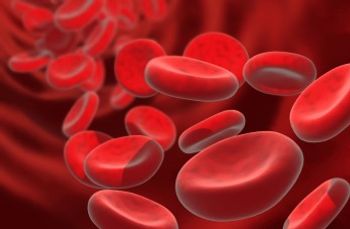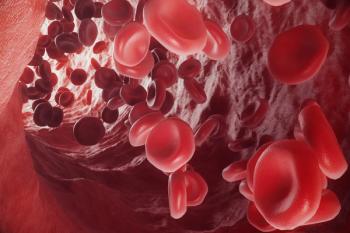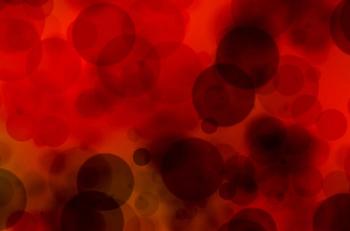
Data Show Barriers to Immunotherapy Access in Clear Cell RCC Population
Findings from a retrospective analysis indicate that treatment in non-academic cancer centers correlates with a decreased rate of immunotherapy use among patients with advanced clear cell renal cell carcinoma.
Patients with advanced clear cell renal cell carcinoma (ccRCC) from certain socioeconomic and demographic backgrounds are less likely to receive treatment with immunotherapy (IO) regimens, including Black, Hispanic, and uninsured patients, according to findings from a retrospective analysis presented at the
“The first granted approval by the Food and Drug Administration (FDA) in 2015 was nivolumab. Since FDA approval, IO drugs have increasingly become the backbone of therapy for advanced ccRCC. However, despite clear survival benefit, there are often barriers to access to these therapies,” wrote the authors, led by Levi Holland, MD, a urology resident at the University of Texas Southwestern Medical Center in Dallas, Texas, working with Solomon Woldu, MD, and coauthors.
Overall, the investigators identified 15,926 patients who received a diagnosis of stage 4 ccRCC from 2015 to 2020 using data from the National Cancer Database. Among those, 5419 (34%) patients received IO treatment and were included for analysis. Patients were excluded from analysis if they had an unknown IO treatment status.
The primary outcome of interest was receipt of IO. Independent variables collected included patients’ age, year of diagnosis, Charlson-Deyo score, sex, race, ethnicity, insurance status, zip code (to inform median household income and education level in the patients’ zip codes), residential setting, travel distance, facility location, facility type, and state Medicaid expansion status.
Factors associated with an increased likelihood of receiving IO treatment upon multivariable logistic regression included a more recent year of diagnosis, younger age, and a lower Charlson-Deyo score.
Further, the data showed that Black race (OR, 0.78; 95% CI, 0.65-0.94; P = .009) was independently associated with a lower likelihood of receiving IO. Hispanic ethnicity (OR, 0.79; 95% CI 0.68-0.93; P = .006) was also shown to be independently associated with a decreased likelihood of receiving IO compared with non-Hispanic patients. Patients who were uninsured were also consistently less likely to receive IO compared with patients with any insurance, including private, Medicaid, Medicare, and other government programs.
Additionally, living in a community with the highest quartile of high school diplomas and the top 50% of median household income was associated with an increased likelihood of receiving treatment with IO. Compared with treatment administered at academic facilities, treatment in community or other non-academic cancer centers was associated with a decreased rate of IO treatment (OR, .86; 95% CI, 0.79-0.95; P = .002).
Factors not found to have a significant impact on IO receipt included patient sex, residential setting, facility location, travel distance to facility, and a state’s Medicaid expansion status.
The authors concluded, “As IO becomes increasingly utilized, further studies to monitor socioeconomic disparities in utilization and interventions to address access in less wealthy, ethnically vulnerable communities [are needed].”
Reference
Holland L, Taylor J, Bhanvadia R, et al. Socioeconomic and demographic disparities in immunotherapy for advanced clear cell renal cell carcinoma. Presented at: 2023 Society of Urologic Oncology Annual Meeting. November 28 – December 1, 2023; Washington, DC. Abstract 101
Newsletter
Stay up to date on recent advances in the multidisciplinary approach to cancer.

















































































